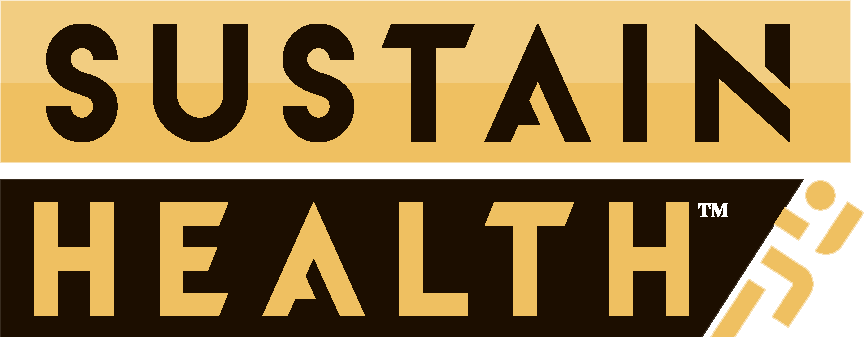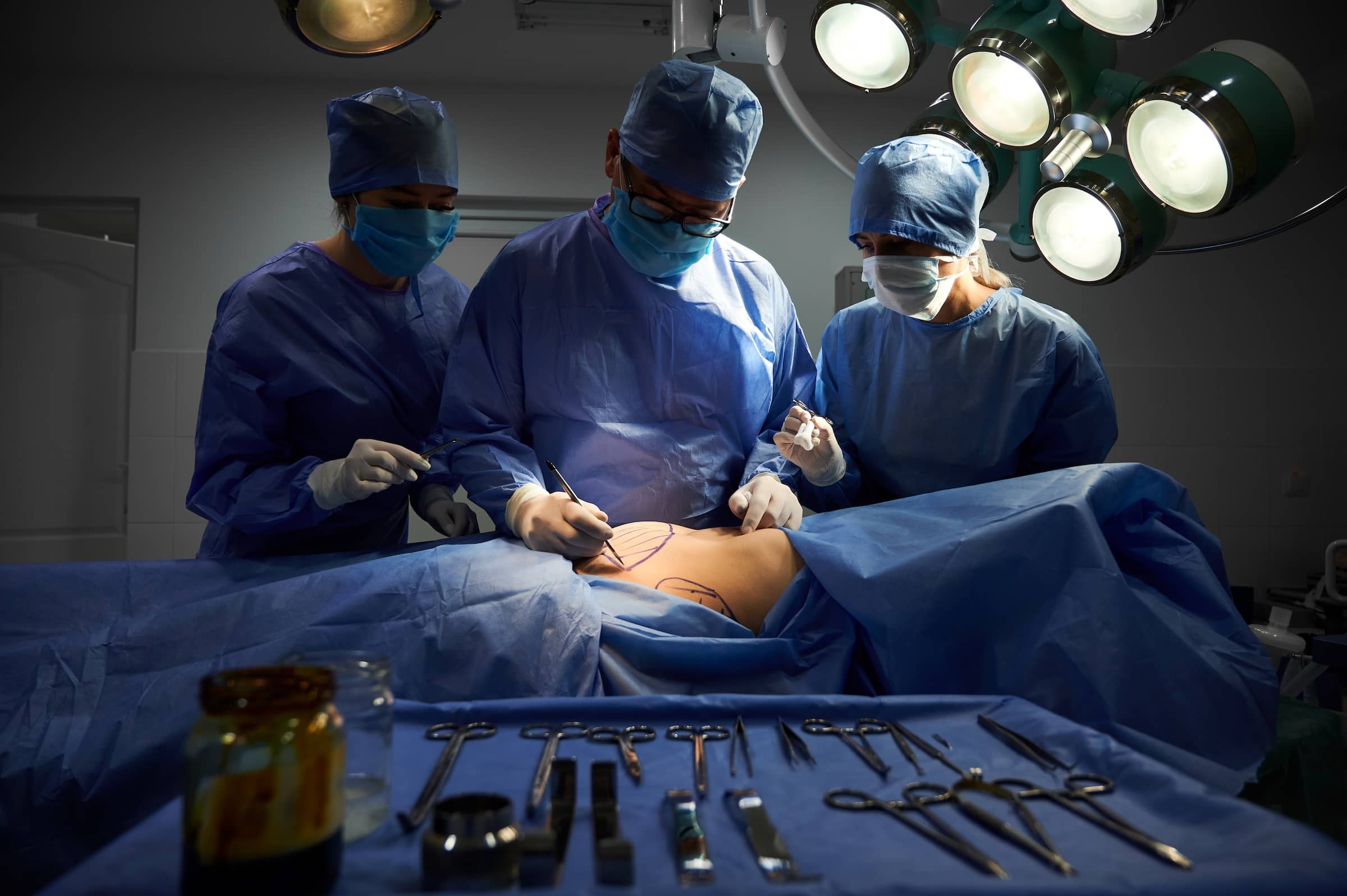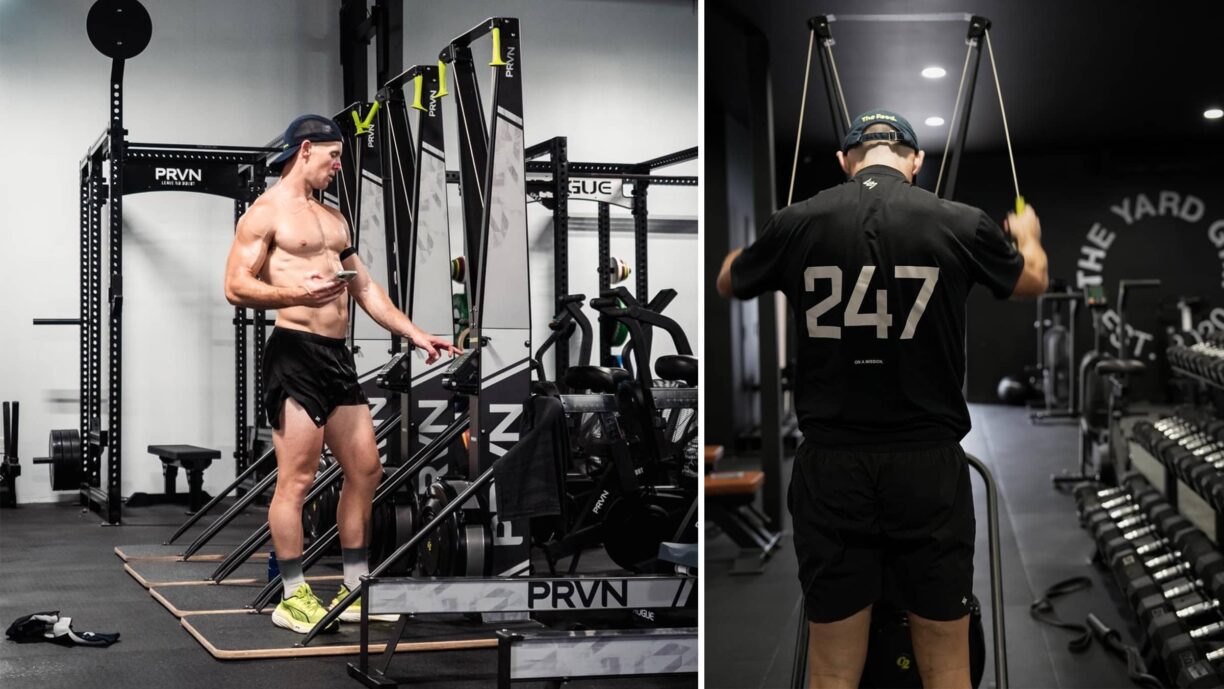Reliable medical equipment sits at the core of every competent clinic, quietly doing the tedious, life-saving work that rarely makes headlines. Ignore it, and the gap between “textbook outcome” and “front-page disaster” narrows with frightening speed.
Surgical instruments: where steel meets skill
Any surgical procedure requires precise and good-quality surgical tools, such as Covedien products for sale, which provide more accuracy and security.
They comprise resilient materials designed for repeated deployment. These ease-of-use designs have ensured minimal fatigue and paved the way for practitioners to perform impactfully.
Whether forceps, scissors, or needle holders—all practitioners agree that reliable instruments are essential for any surgical setting.
Wound-care solutions: speed traps for infection
Nothing torpedoes recovery like a festering incision. High-grade gauze, breathable tape and skin-friendly adhesives seal the site and repel pathogens, accelerating healing and trimming hospital stays.
Patient-monitoring systems: the bedside crystal ball
Real-time vital-sign dashboards are no longer science fiction. Intuitive interfaces feed clinicians a constant stream of heartbeats, oxygen levels and blood pressures—often before alarms ring—buying precious seconds that dictate life or death.
Respiratory care: when every breath counts
Ventilators and humidification units fine-tune airflow and oxygen concentrations for compromised lungs. In an ICU, these machines are the difference between a laboured gasp and a fighting chance.
Infusion systems: precision you can program
From antibiotics to chemotherapeutics, infusion pumps deliver drugs at mathematically exact rates. Built-in alarms flag occlusions and empty bags, shrinking the margin of error to near zero.
Electrosurgery devices: the electric scalpel
Heat generated by high-frequency currents slices tissue and seals blood vessels in one motion—less blood on the drapes, faster patient turnaround on the recovery ward.
Sutures and staples: the closing argument
Covidien’s portfolio spans dissolvable filaments to titanium staples. Matching material to tissue type keeps wounds shut, infection out and litigation at bay.
Compression therapy: circulation’s silent partner
Stockings and wraps apply graduated pressure that wards off deep-vein thrombosis and reins in post-op swelling—hardly glamorous, brutally effective.
Temperature management: keeping cool under the lights
Prolonged anaesthesia tanks core temperature; hypothermia breeds complications. Modern warming blankets and fluid heaters stabilise the thermostat so surgeons can focus on the anatomy, not the air-con.
Safety and hygiene: the non-negotiables
Top-tier gloves, masks and gowns form the final barrier between microbes and malpractice. Skimp here, and you might as well scrub in with garden tools.
In the end, medical equipment is both sword and shield—sharpened for action, fortified for safety. Clinics that treat procurement as an afterthought risk turning routine procedures into cautionary tales.
Those that budget wisely, however, hand their clinicians the tools to deliver decisive, efficient care. Patients notice the difference—in shorter stays, cleaner scars and the comforting hum of machines engineered to keep them breathing.





